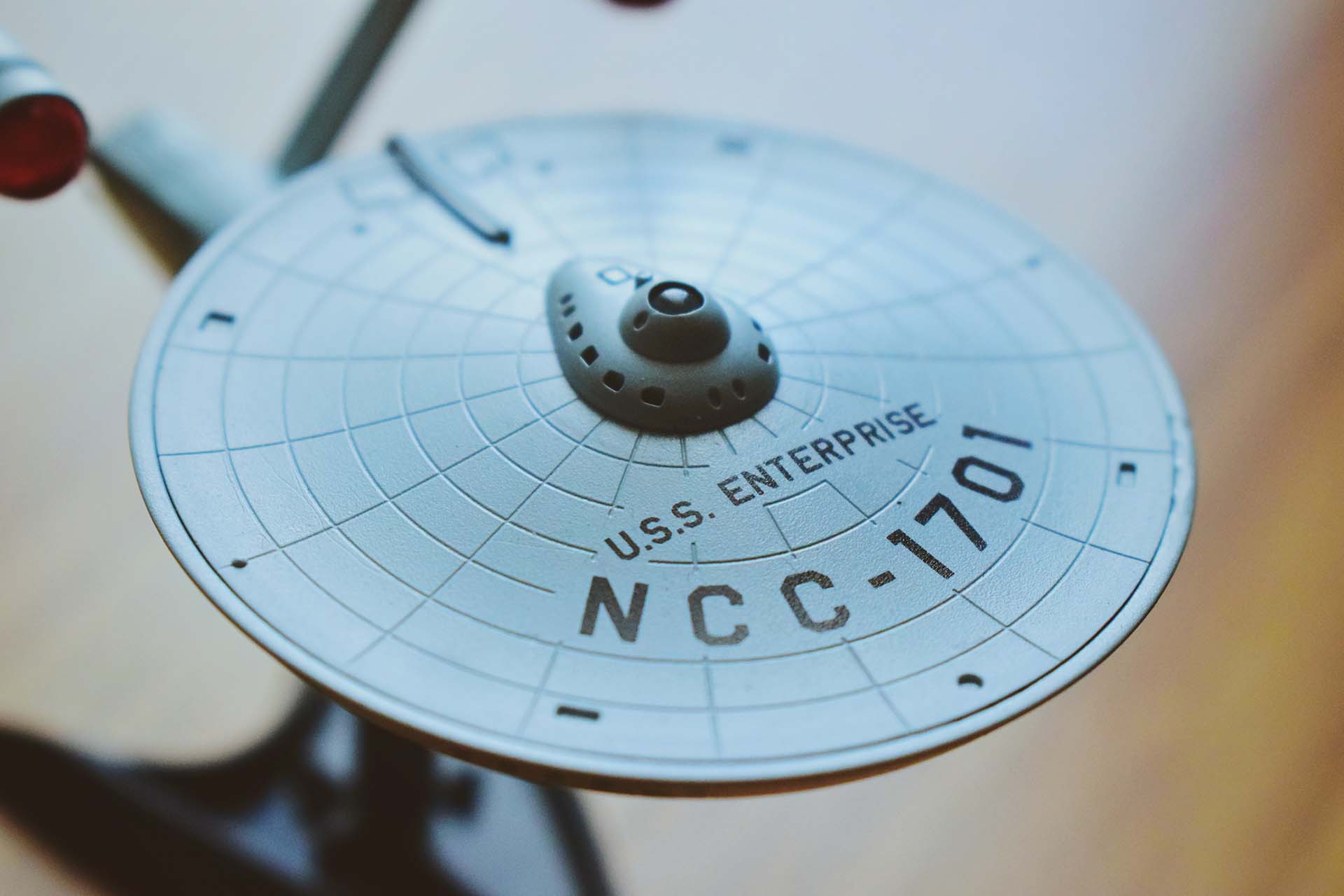Where did the KO criteria go?
Decisions are a difficult thing. As a cognitively oriented society, we therefore learn procedures in school and university on how to approach them in a structured way. At the same time, science¹ says that decisions are ultimately made intuitively and good – or perhaps better appropriate – decisions are based on incorporated knowledge and adequate engagement with the issue in advance of the decision.
Consensus as a premise
In recent years, we have increasingly observed that decisions are made on the premise of reaching consensus. This applies to companies as well as to the social, political sphere and is actually a “good thing”.
In the social environment, but also in corporate contexts, the issue of balancing interests is playing an increasingly important role. There are many reasons for this, and it is certainly related to a changed understanding of leadership that attempts to do more justice to all stakeholders, including employees. And yet, or perhaps precisely because of this, compromises often arise that do not do justice to any of the stakeholders and certainly not to the cause.
In the decision-making process, the various solution options are compared and compromises are derived from them, often according to the procedure “let’s meet in the middle” or “let’s take something from everyone”. The underlying assumption is presumably that this way everyone is satisfied. Interestingly, however, we observe that satisfaction with decisions tends to decrease. This can be observed particularly well in systems in which the decision-makers are elected by the grassroots, whom they are supposed to lead or represent. A typical example is companies that operate as associations. And, of course, we have seen this as something quite common during the German election campaign.
Our hypothesis is therefore: the search for such compromises based on solutions of different interest groups is not expedient.
The dissatisfaction with compromise – example part 1
Karl Maier², managing director of CoolGrill, has changed his understanding of leadership over the last few years. The meetings of the management of the medium-sized automotive supplier used to take place behind closed doors. For some time now, the agenda for management meetings has been transparently visible to all employees in the company. Employees are even invited to attend the meeting for topics that are important to them. The results are also communicated transparently throughout the company. Important decisions or strategy workshops are held in larger groups. Karl, in fact, has been a big fan of Liberating Structures ever since he read about it on the blog at t2informatik. In this way, the once unpopular management has apparently managed to improve employee satisfaction in recent months by involving them in decision-making processes.
But one employee is anything but satisfied: Luisa. She is a product developer at CoolGrill and took part in the last management meeting. As a climate activist, she really wanted to be there for the decision on the sustainability strategy and the most important measures. With her head spinning, she follows Karl on the way to his office.
“Our sustainability strategy is just one lazy compromise,” she begins the conversation with Karl.
“We don’t live in a perfect world, dear Luisa. Somehow we have to make compromises in order to reconcile the interests of our customers, employees, owners and also the city in which our company is located,” Karl tries to generate understanding for the adopted strategy and measures.
“Yes, probably everyone but me can somehow live with it. But I don’t think many people are really happy with it. Above all, I am convinced that it hardly brings anything,” Luisa replies energetically.
Visibly surprised by the employee’s emotional demeanour, Karl pauses for a long moment to think. “Can you give me an example?”
“Actually, we wanted to make our production CO2-neutral by 2030. But with our production technology and our product portfolio, that doesn’t work. And that leads to the compromise of producing the products CO2-neutral by 2040, which, however, means that we don’t really do anything to limit the global temperature increase at 1.5 degrees Celsius,” Luisa answers.
“What would be the alternative?” asks Karl with honest interest.
“I don’t know,” says Luisa. “All I know is that I want a liveable future on the planet and that the measures adopted fall short.”
Karl thinks about his grandchildren and ponders the conversation for a long time that evening. As he goes to bed, he remembers a project management training he attended a few years ago.
Simple rules for making decisions
The training covered the topics of steering committees and decision-making. Important decisions are usually made in steering committees. Which project team doesn’t want to have an influence there 😉 and good preparation is essential.
Karl can still remember a few simple rules:
- There are at least two decision options – one of them can be the do-nothing decision.
- In the run-up to the decision, define criteria against which you measure the decision / solution options.
- Never forget to think about possible KO criteria.
If you follow these simple rules, criteria are first established as a basis for decision-making independent of the actual decision options, and the options are then evaluated later on the basis of these criteria. But what are the KO criteria?
What is a KO criterion?
When making decisions, KO criteria play a special role: If a solution option does not meet them, it is “out of the running”. In other words, failure to meet a KO criterion leads to the KO of the entire option.
Interestingly, by defining criteria, the discourse of the decision-makers and preparers shifts independently of the options to be decided. First, the criteria have to be defined, and only then is an assessment made on the basis of a jointly agreed list of criteria. Processurally, this means that the discussion initially focuses less on the solutions and more on the criteria.
At first glance, this procedure seems more time-consuming because two steps are necessary. In reality, however, it is not more time-consuming, on the contrary. Endless discussions of solutions based on uncoordinated, individual criteria hidden in the exchanged arguments are avoided. (Perhaps you also know the feeling when people talk past each other rather than to each other). And beyond that, new solution spaces often open up on the basis of the list of criteria.
KO criteria play a very important role in this. In project management, it is considered a malpractice to forget them. KO criteria show
- which limits decision options have to comply with,
- they reflect values (or better, their violation) and
- give direction.
An agreement on KO criteria is therefore a decisive step (in the sense of the word) towards a solution or non-solution to be decided upon. It is at this point, and not at the solution level, that consensus building is required.
KO criteria in use – example part 2
In the next board meeting, Karl asks about the satisfaction with the decision taken on the sustainability strategy via Post-Its on a 5-star scale. Surprisingly for him, none of those present is really satisfied with it. Many of the Post-Its are stuck on the three. A few even rate the decision with only two stars. No one gives the decision full marks.
“We did find a compromise last time. It seems to me that nobody is really happy with it. I would therefore like to bring the decision back on the agenda,” Karl sums up the situation and hands over the moderation to Alicia, an experienced project manager. He has agreed with her in advance on the decision-making process.
Before the group decides on KO criteria, the values on sustainability are first made transparent and discussed. The group agrees on values such as “responsible use of resources” and “respect for human rights”.
“What does responsible use of resources mean to us in concrete terms?”, Alicia asks the group and looks at questioning faces.
Luisa suggests taking Earth Overshoot Day³ as a model. This day is the mark on which more resources are consumed in one year than the earth can produce in that year. This sounds plausible to the assembled group and compatible with the values discussed. The engineers present quickly calculate the company’s energy consumption up to Earth Overshoot Day and declare this value as an orientation for the company’s future total annual consumption. With this KO criterion, the decision is resubmitted.
Here, however, a heated discussion breaks out about customer orders that are not compatible with the KO criterion. In the end, the group can agree not to accept any new orders, but only to process existing business. The sales department also supports the decision, because it too does not want to generate an earth overshoot.
“Then we have to cover the resulting gap in turnover with new products and business models,” Karl ends the discussion and calls on the group to rethink. Little by little, new ideas emerge. Product development is feverishly considering how the portfolio can be designed with less material input. In marketing, new product ideas and market opportunities are discussed. And the sales department rejoices over possible cost advantages due to material savings and sales opportunities through new products.
Changing decision-making through KO criteria
In many current discussions, we lack the described discourse around criteria in the run-up to the actual decision-making and, above all, we lack the search for common KO criteria. And it is precisely these that could give us real orientation in times of necessary change. This is our iceberg problem: we discuss the solutions, the tip of the iceberg so to speak, but we overlook the rest, namely the essential question of what values and boundaries we want to give ourselves in the future, with which decisions must be in harmony.
Admittedly: Discussions about (KO) criteria can be quite painful. After all, they often involve seemingly contradictory core questions such as
- “Is an increase in CO2 emissions a KO criterion within the framework of ecological necessities?”
- “Is lack of growth a KO criterion in our market-based system?”
- “What concrete burden limits our health care system”
- “What concrete life risks are we prepared to support in solidarity?”
- “Is cost saving set and if so in what amount?”
- “Is the reliability of suppliers a knock-out criterion?”
- …
If we had clearly defined KO criteria, decisions would be more transparent and easier to understand. In addition, solutions emerge that are not only due to individual interests, but must be coherent in themselves and comprehensible on the basis of the criteria. In project management, we often call this “take the best of both/all” and focus on the inner balance of each individual decision option based on the criteria and not on a compromise that “mixes” decisions so that “everyone gets something”.
The effect of KO criteria – example part 3
Karl would not have thought that the project management seminar and the use of KO criteria would eventually have such an effect on his company: “Surprisingly, a jolt went through the company. The KO criteria worked like the autofocus on my SLR camera. Suddenly we saw a clear path ahead of us. The whole company is moving into new business models. By the way, I have also established a KO criterion for my personal decisions: Does this decision pay off for the future of my grandchildren?”
Luisa, meanwhile, is glad that she mustered the courage to talk to Karl. At first, she was a little queasy about what she was getting herself into: “The whole thing was quite a painful process. I had the feeling that I had driven a wedge into the organisation. Some didn’t want to go down the new path. But Karl said that’s okay and I shouldn’t worry. They just had too different values. The negotiation of the KO criteria was also tedious. The discussion about values was seen by some as not adding value. But when I look at where we are now as a company, I’m really happy and feel more connected to CoolGrill than ever before.”
Meanwhile, the speed of decision-making at CoolGrill is faster on many issues because consensus is no longer needed and KO criteria have been negotiated in other areas:
- One big compromise was the issue of salaries at CoolGrill. There was a complicated set of rules and many special cases to achieve as much justice as possible.
- In product development and project management, KO criteria for project decisions were defined. For example, there are now hard termination criteria for projects; KO criteria in the truest sense of the word.
- KO criteria have also gained a foothold in purchasing as a result of the sustainability discussion. Compliance with human rights and environmental standards is now a very clear KO criterion when awarding contracts.
Conclusion
KO criteria provide an important basis for decision-making. Both in companies and at the societal level, we need the discourse to define KO criteria. Otherwise, we shirk the core problem of the debate about values and boundaries and do not reach our goal in the search for compromises based on solutions from different interest groups. “Lazy” compromises cannot lead change projects to success, certainly not those that are supposed to secure the future viability of an organisation.
When do you start with KO criteria in your organisation?
Notes:
[1] Check out for example Gerd Gigerenzer’s Bauchentscheindungen.
[2] Karl Maier is the managing director of CoolGrill, a medium-sized automotive supplier that builds radiators for cars, and is known to t2informatik blog readers from the article And he does play dice.
[3] Earth Overshoot Day
Astrid Kuhlmey has published more articles on the t2informatik Blog, including
Tobias Leisgang has published more articles on the t2informatik Blog, including

Astrid Kuhlmey
Computer scientist Astrid Kuhlmey has more than 30 years of experience in project and line management in pharmaceutical IT. She has been working as a systemic consultant for 7 years and advises companies and individuals in necessary change processes. Sustainability as well as social and economic change and development are close to her heart. Together with a colleague, she has developed an approach that promotes competencies to act and decide in situations of uncertainty and complexity.

Tobias Leisgang
‘The future is the only place I’ll spend the rest of my life’ – Charles Kettering was right and Tobias Leisgang takes this quote very seriously. After studying electrical engineering, he developed semiconductors, researched the latest technologies with global teams and made the supply chain of an automotive supplier fit for the future.
Today, he helps small and medium-sized companies develop sustainable business models – with a great deal of foresight and a dash of pragmatism. Because there are often many decisions to be made between good ideas and their implementation – and that’s exactly where Tobias comes in: in ‘Kopf & Bauch – Der Podcast der Entscheidungen’, he provides exciting insights into how to make them.
And because standing still is not an option for him, Tobias continues his journey as a future shaper – not in a fancy suit, of course, but as a student in the future design programme. After all, who says you can never learn enough?





